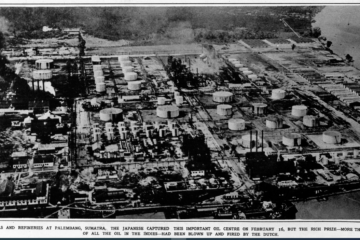Ted de Lyster, born on June 17, 1947 in The Hague, is an Australian former association football player whose career, though brief at the international level, holds a special place in the history of Australian football. De Lyster’s journey from his early days in the Netherlands to representing Australia on the international stage is a testament to his talent and determination.
Early Life and Beginnings
Ted de Lyster was born in the Netherlands and spent his formative years in Den Haag. He was brought up by his mother as his father an army officer was killed when he was 2-years old. From the age of six to fourteen, he was deeply immersed in football at his local club, Den Haag, located in Zuider Park. Here he was selected for the football academy (voetbalschool), the club served as both home and school to young Ted, where he followed a rigorous schedule that combined academic pursuits from 8 AM to 2 PM with football training five days a week. This disciplined regimen paid off, as Ted’s skills on the field blossomed, leading him to play 1st Grade with Sturt Oranje at the remarkable age of fourteen.
Move to Australia and Club Career
In 1961, at the age of fourteen, Ted and his family emigrated on the ship Johan van Olden barnevelt and moved to Adelaide, South Australia. There, he continued his football journey, playing for local teams Campbelltown and West Adelaide Hellas. His performances at the club level did not go unnoticed, and he quickly became a standout player in the South Australian football scene. In 1964 he was selected in the Australian Youth team.
International Debut and the Friendship Tournament

Ted de Lyster’s international career, though brief, was significant. He made his full international debut for Australia in November 1967 during the famous Friendship Tournament in Vietnam, a landmark event that featured future Australian football legends such as Abonyi, Baartz, Schaeffer, and Richards. Ted’s first match for the Socceroos was against Indonesia in Jakarta, where he came off the bench to make his mark. Just a few days later, he played his second and final full international match against Singapore.
B-Internationals and Legacy
In addition to his two full international caps, Ted also played in two matches that were considered B-internationals. These games were against a Jakarta XI and a Combined Services XI. While his time with the national team was short-lived, Ted de Lyster’s impact on Australian football is enduring. He holds the distinction of being the first Dutch-born player to rise through the ranks and represent Australia, a significant milestone in the history of the sport in the country.

He started a university course in physical education in 1971 and from that time onwards only played part-time football (for Hellas). In that same year he married his wife, Dianne.
In 1991 he started Windemere Park, a day facility for young adults with intellectual disabilities.
Conclusion
Ted de Lyster’s story is a reminder of the diverse backgrounds and unique journeys of those who have worn the Socceroos jersey. His dedication and passion for the game, from his early days at Den Haag to his brief but memorable international career, have secured his place in Australian football history as Socceroo #202.
See also: Clogball

